
Doom is a first-person shooter game developed and published by id Software. Released on December 10, 1993, for DOS, it is the first installment in the Doom franchise. The player assumes the role of a space marine, later unofficially referred to as Doomguy, fighting through hordes of undead humans and invading demons. The game begins on the moons of Mars and finishes in hell, with the player traversing each level to find its exit or defeat its final boss. It is an early example of 3D graphics in video games, and has enemies and objects as 2D images, a technique sometimes referred to as 2.5D graphics.

Hexen: Beyond Heretic is a fantasy first-person shooter video game developed by Raven Software and published by id Software distributed through GT Interactive on October 30, 1995. It is the indirect sequel to 1994's Heretic, and the second game in Raven Software's "Serpent Riders" trilogy, which culminated with Hexen II. The title comes from the German noun Hexen, which means "witches", and/or the verb hexen, which means "to cast a spell". Game producer John Romero stated that a third, unreleased game in this series was to be called Hecatomb.
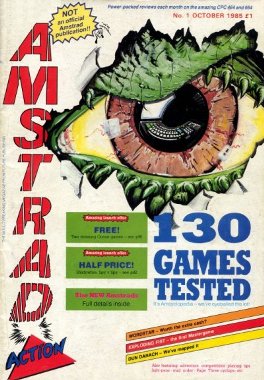
Amstrad Action was a monthly magazine, published in the United Kingdom, which catered to owners of home computers from the Amstrad CPC range and later the GX4000 console.
PC Gamer is a magazine and website founded in the United Kingdom in 1993 devoted to PC gaming and published monthly by Future plc. The magazine has several regional editions, with the UK and US editions becoming the best selling PC games magazines in their respective countries. The magazine features news on developments in the video game industry, previews of new games, and reviews of the latest popular PC games, along with other features relating to hardware, mods, "classic" games and various other topics. PC Gamer and parent Future began digital PC Gaming Show at E3 2015.

Amiga Power (AP) was a monthly magazine about Amiga video games. It was published in the United Kingdom by Future plc and ran for 65 issues, from May 1991 to September 1996.
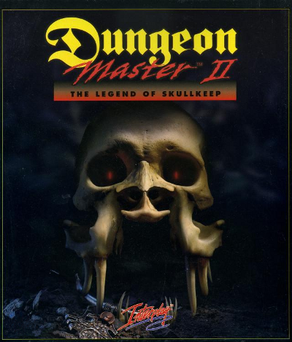
Dungeon Master II: The Legend of Skullkeep, also released as Dungeon Master II: Skullkeep, is the sequel to the dungeon crawler role-playing video game Dungeon Master. It was released in 1993 in Japan and in 1995 in other countries. It is available for DOS, Amiga, Macintosh, Sega CD, PC-9801, PC-9821, and FM Towns. A Sega Mega Drive version was planned but never released.

Your Sinclair, or YS as it was commonly abbreviated, was a commercially published and printed British computer magazine for the Sinclair range of computers, mainly the ZX Spectrum. It was in circulation between 1984 and 1993.

PC PowerPlay (PCPP) is Australia's only dedicated PC games magazine. PC PowerPlay focuses on news and reviews for upcoming and newly released games on the Microsoft Windows platform. The magazine also reviews computer hardware for use on gaming computers. The magazine is published by Future Australia.
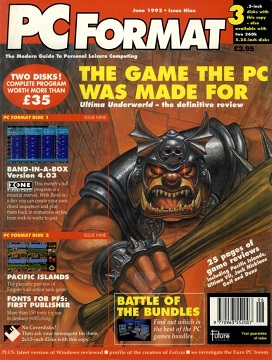
PC Format was a computer magazine published in the United Kingdom by Future plc, and licensed to other publishers in countries around the world. In publication between 1991 and 2015, it was part of Future plc's Format series of magazines that include articles about games, entertainment and how to get the most out of the platform. Despite the occasional mention of alternatives, PC Format takes the term 'PC' to mean a Microsoft Windows-based computer.

GamePro was an American multiplatform video game magazine media company that published online and print content covering the video game industry, video game hardware and video game software. The magazine featured content on various video game consoles, personal computers and mobile devices. GamePro Media properties included GamePro magazine and their website. The company was also a part subsidiary of the privately held International Data Group (IDG), a media, events and research technology group. The magazine and its parent publication printing the magazine went defunct in 2011, but is outlasted by Gamepro.com.
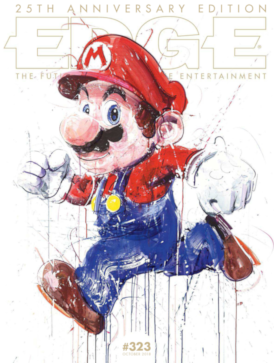
Edge is a multi-format video game magazine published by Future plc. It is a UK-based magazine and publishes 13 issues annually. The magazine was launched by Steve Jarratt. It has also released foreign editions in Australia, Brazil, France, Germany, Italy, and Spain.

The One was a video game magazine in the United Kingdom which covered 16-bit home gaming during the late 1980s and early 1990s. It was first published by EMAP in October 1988 and initially covered computer games aimed at the Atari ST, Amiga, and IBM PC compatible markets.
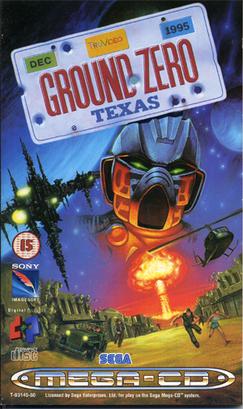
Ground Zero: Texas is a full motion video game, released for the Sega CD in November 1993. The game relies heavily on video footage, with which the player interacts. It contains 110 minutes of interactive footage from four different cameras. It was directed by Dwight H. Little, who is also known for the films Marked for Death and Halloween 4: The Return of Michael Myers.

Sword of the Stars is a space 4X game developed by Kerberos Productions. In the game the player chooses one of four unique races to form an interstellar empire and conquer the galaxy. In order to win, the player must expand territory by colonizing new star systems, exploit the resources available to their colonies, design and build starships, and improve their empire's technology through research and strategy.
PSM3 was a video game magazine specializing in all Sony video game consoles and handheld gaming platforms. It was published by Future plc, a UK-based publishing company.

Mega was a British monthly magazine that covered the Mega Drive video game console. During its time as one of the main Mega Drive publications, Mega covered the "golden age" of the Sega Mega Drive from 1992 to 1995. The magazine went through many changes including a re-design in content and layout before being sold to a rival publisher.
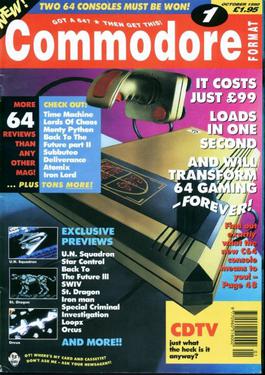
Commodore Format was a British magazine for users of the Commodore 64 home computer. It was published on the third Thursday of every month. All 61 issues were produced by Future plc. These came towards the end of the machine's commercial life - from October 1990 until October 1995.
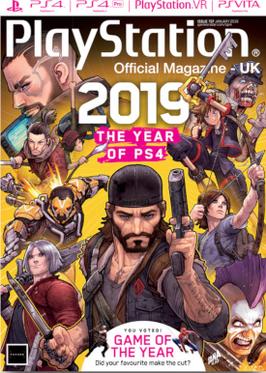
PlayStation Official Magazine – UK, generally abbreviated as OPM, was a magazine based in the United Kingdom that covered PlayStation news created in 2006. Although the first issue was distributed in three-month intervals, from Issue 2 onward, it became a monthly segment. From Issue 7 to Issue 84, the magazine came with a playable Blu-ray disc; it primarily covered PlayStation 4, PlayStation 4 Pro, PlayStation VR and PlayStation 5 games and material. It also covered PlayStation Vita material. The magazine covered PlayStation, as well as all aspects of HD media in lesser detail.

Multiwinia: Survival of the Flattest is a real-time strategy video game by Introversion Software. Multiwinia is available as a standalone game, or included as part of Darwinia+.
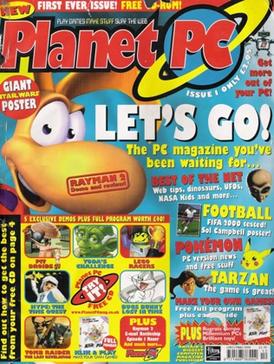
Planet PC was a British PC gaming magazine aimed at pre-teens, first published in December 1999. It was issued monthly by Future plc in Bath, Somerset, and was backed by a marketing budget of £50 thousand. Similar magazines published by Future included PC Format, for which Planet PC was hoped to be a feeder. Planet PC cost £2.95 per issue, with its target market being eight-to-twelve-year-old male PC users. During the year 2000, the magazine had a circulation of 20,181. Its editor was David Bradley, its associate editor was Chris James, and its publisher was James Binns. In October 1999, two months before the release of the first issue, Binns explained that Planet PC would fill a gap seen as "too old and ... too expensive for [the] younger market".


















